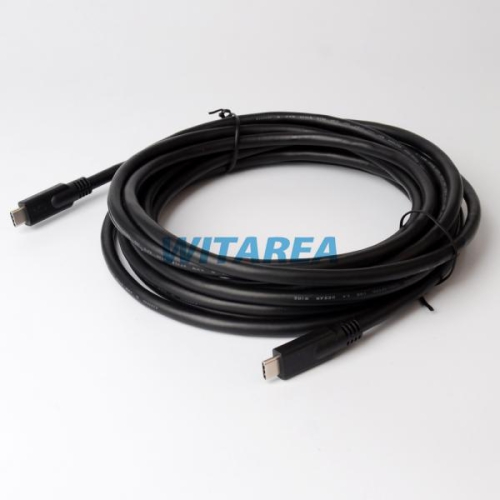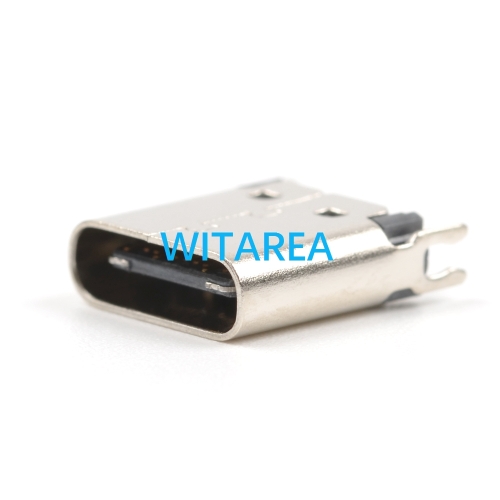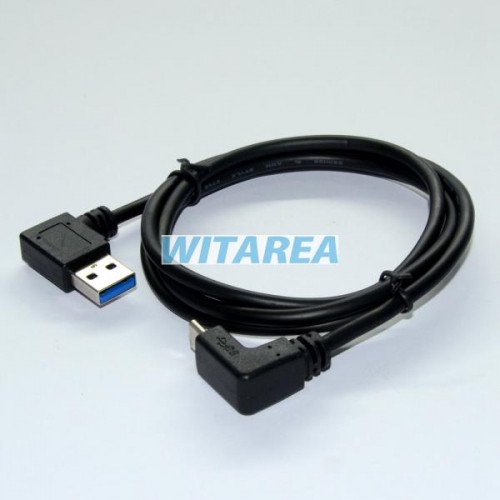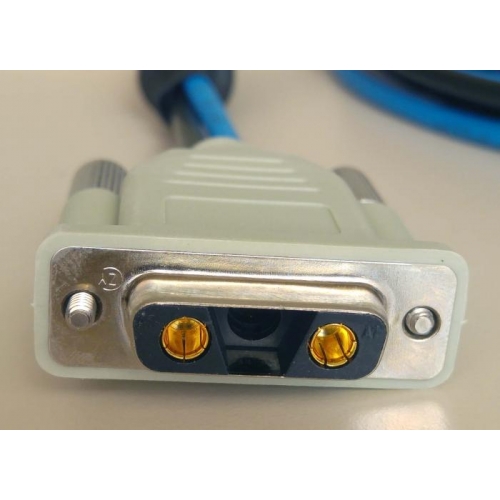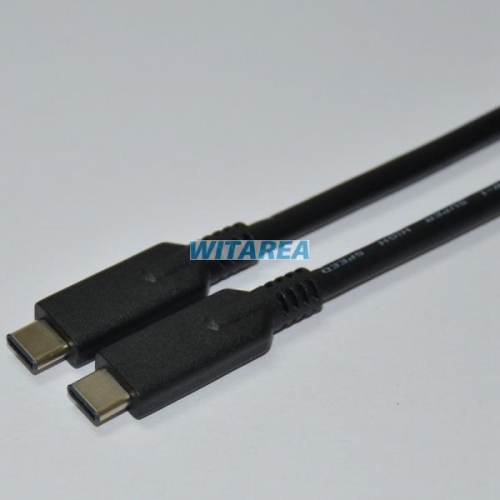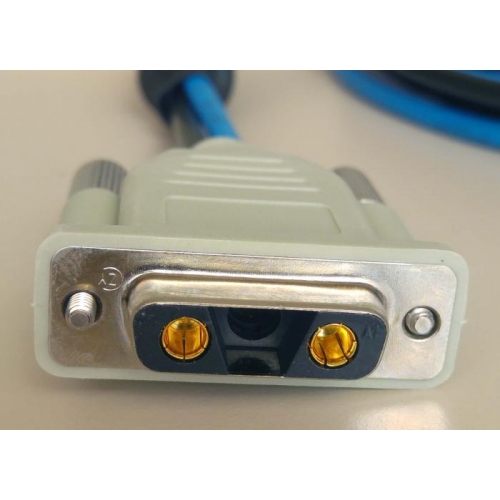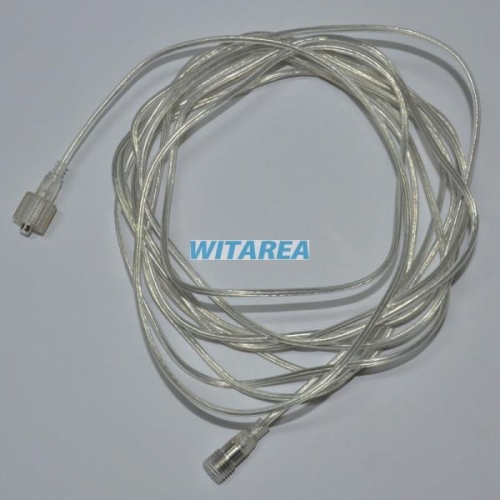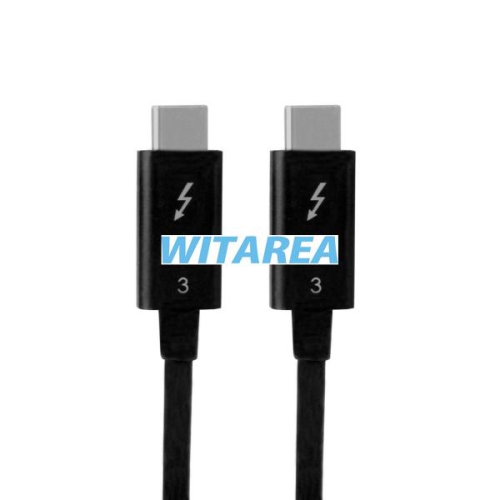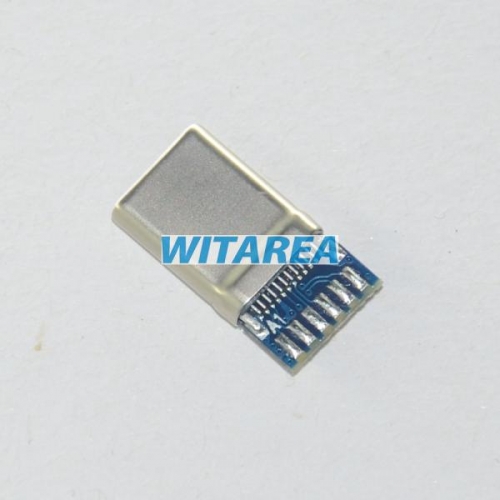iBeacon
iBeacon is the trademark for an indoor proximity system that Apple Inc. calls "a new class of low-powered, low-cost transmitters that can notify nearby iOS 7 devices of their presence." The technology enables a smart phone or other device to perform actions when in close proximity to an iBeacon.
One application is to help smart phones determine their approximate location or context. With the help of an iBeacon, a smartphone's software can approximately find its relative location to an iBeacon in a store. iBeacons can help a phone show notifications of items nearby that are on sale, and it can enable payments at the point of sale (POS) where customers don’t need to remove their wallets or cards to make payments. iBeacon technology works using the Bluetooth Low Energy (BLE) technology, also known as Bluetooth Smart.
iBeacon uses Bluetooth low energy proximity sensing to transmit a universally unique identifier[8] picked up by a compatible app or operating system. The identifier can then be looked up over the internet to determine the device's physical location or trigger an action on the device such as a check-in on social media or a push notification.
Various vendors have made hardware iBeacons that come in a variety of form factors, including small coin cell devices, USB sticks, and generic Bluetooth 4.0 capable USB dongles.
An assortment of iBeacons from different vendors
Contents
1 Functions
1.1 Region monitoring
1.2 Ranging
1.3 Settings
2 Power consumption
3 Latest developments
4 Technical details
5 Spoofing
6 Compatible devices
7 Comparable technologies
8 See also
9 References
10 External links
Functions
An iBeacon deployment consists of one or more iBeacon devices that transmit their own unique identification number to the local area. Software on a receiving device may then look up the iBeacon and perform various functions, such as notifying the user. Receiving devices can also connect to the iBeacons to retrieve values from iBeacon's GATT (generic attribute profile) service. iBeacons do not push notifications to receiving devices (other than their own identity).
Region monitoring
Region monitoring is limited to 20 regions and can function in the background (of the listening device) and has different delegates to notify listening app (and user) of entry/exit in the region - even if app is in the background or phone is locked. Region monitoring also allows for a small window in which iOS gives a closed app an opportunity to react to the entry of a region.
Ranging
Ranging works only in the foreground but will return (to the listening device) an array (unlimited) of all iBeacons found along with their properties (UUID, etc.)
An iOS device receiving an iBeacon transmission can approximate the distance from the iBeacon. The distance (between transmitting iBeacon and receiving device) is categorised into 3 distinct ranges:[12]
Immediate: Within a few centimeters
Near: Within a couple of meters
Far: Greater than 10 meters away
An iBeacon broadcast has the ability to approximate when a user has entered, exited, or lingered in region. Depending on a customer's proximity to a beacon, they are able to receive different levels of interaction at each of these three ranges.
The maximum range of an iBeacon transmission will depend on the location and placement, obstructions in the environment and where the device is being stored (e.g. in a leather handbag or with a thick case). Standard beacons have an approximate range of 70 meters. Long range beacons can reach up to 450 meters.
Settings
The frequency of the iBeacon transmission depends on the configuration of the iBeacon and can be altered using device specific methods. Both the rate and the transmit power have an effect on the iBeacon battery life. iBeacons come with predefined settings and several of them can be changed by the developer. Amongst others the rate and the transmit power can be changed as well as the Major and Minor values. The Major and Minor values are settings which can be used if you want to connect to specific iBeacons or if you want to work with more than one iBeacon at the same time. Typically, multiple iBeacon deployment at a venue will share the same UUID, and use the major and minor pairs to segment and distinguish subspaces within the venue. You can for example set the Major values of all the iBeacons in a specific store to the same value and use the Minor value to identify a specific iBeacon within the store.

 English
English  中文
中文


